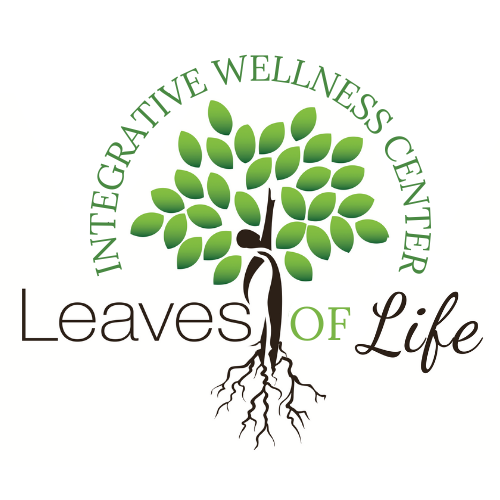Time for an Oil Change?
A common dietary question in our practice is: “what kind of oils/fats are healthiest, and which ones are best for cooking?”
Let’s separate the sizzle from the fizzle!
In their natural state, oils/fats are primarily composed of fatty acids, antioxidants and other healthful components. When highly processed or heated beyond their smoke point (see oil smoke point temps below), these healthful compounds are damaged, causing free radicals to form. Free radicals trigger inflammation that contributes to various health issues such as heart disease, diabetes, and autoimmune disorders.
So…
Start with Oils that aren’t Overly Processed
For those who just want a fool-proof way to choose products that exclude overly processed, inflammatory oils, meet Bobby Parrish, creator of the “ Bobby Approved” Shopping App in this one-minute video.
Here are links to the app for iPhone & Android
When Shopping with the App
Be especially careful to check labels for:
Snack foods such as chips and crackers
Dressings
Mayo and other condiments
Nut butter
What about Spray Oils?
While cooking sprays can reduce the amount of oil used in cooking, many contain propellants and anti-foaming agents that can be harmful to your health. Unfortunately, these are not typically identified on the label, but most commonly are propane, butane and dimethyl silicone (a common ingredient in paint)!!
Watch this one minute video for a “Bobby Approved” cooking spray. You can also use a brush to apply oil or invest in a refillable oil sprayer.
What Makes Oils go “Bad?”
For many plant-derived oils, high levels of heat and pressure are required to extract the oils, damaging them and creating free radical ions. (Choose the “Use” options above and Lose the “Lose”ers.)
When buying butter or ghee, be sure it is organic and from grass-fed cows. Because lifetime exposures to toxins are stored in fat in both humans and animals, non-organic animal fat intake results in higher toxin exposure.
Light, heat and oxygen can damage oils and cause rancidity, so store extra oil in the refrigerator, keeping only a few weeks’ worth at room temperature.
Know the Smoke Points!
The smoke point of an oil or fat refers to the temperature at which it begins to smoke and break down, producing visible smoke and harmful compounds, and negatively affecting the flavor and nutritional quality.
Here’s a breakdown of the good stuff with approximate smoke points:
High Smoke Point:
Avocado oil: around 520°F (271°C)
Ghee: around 485°F (250°C)
Refined coconut oil: around 450°F (232°C)
Medium Smoke Point:
Olive oil (extra virgin): around 375°F (191°C)
Sesame oil (unrefined): around 350°F (177°C)
Unrefined coconut oil: 350°F (177°C)
Butter: around 350°F (177°C)
Low Smoke Point:
Hempseed oil: around 330°F (166°C)
Walnut oil (unrefined): around 320°F (160°C)
Flaxseed oil: around 225°F (107°C)
In general, oils with a low smoke point are best used in salad dressings, smoothies, hummus or other cold preparations. Oils with a high smoke point are best for stirfrying, broiling, pan-searing or roasting. Lower the heat if the oil you’re using starts to smoke, and use a lower burner setting next time.
WAIT! Won’t Eating Fats make me FAT?
The skinny on fats:
High-fat diets can be more satiating, leading to reduced overall caloric intake.
Dietary fat is an essential macronutrient that provides energy and supports cell growth.
Fats are critical for the absorption of the fat-soluble vitamins A, D, E, and K).
Hormone production is reliant on a balanced intake of healthy fats.
Remember, not all oils are created equal. Choose healthier oils for a healthier you!

